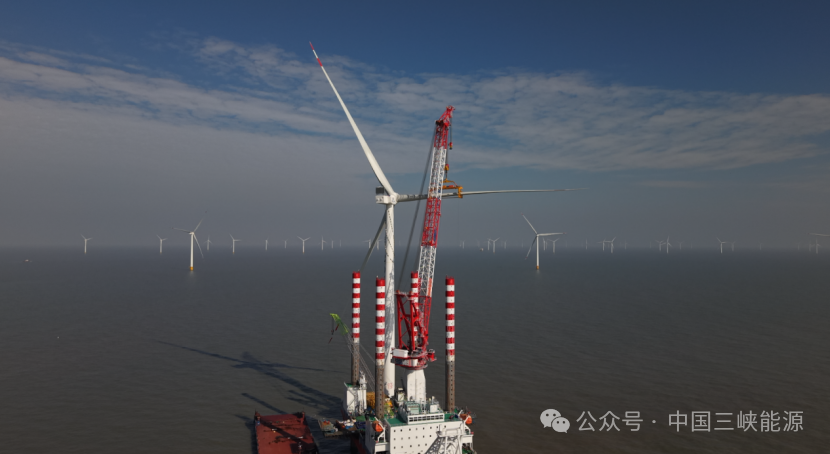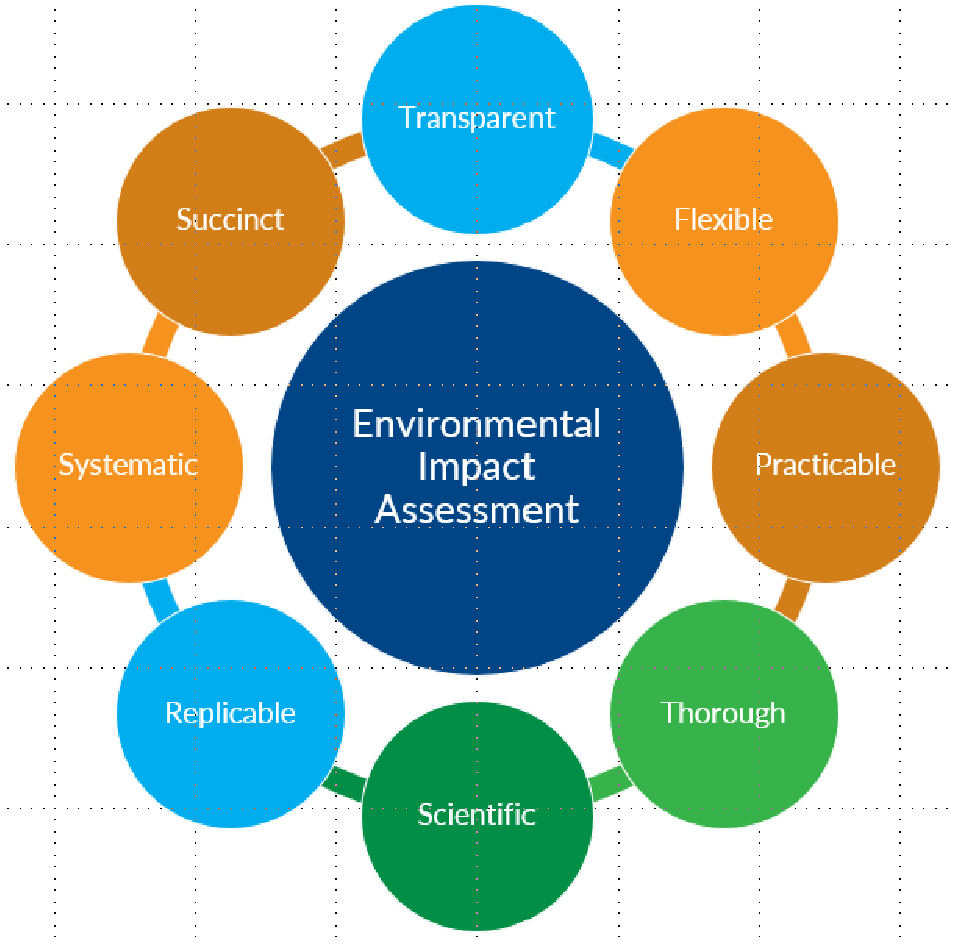ESG Is Not Impact Investing and Impact Investing Is Not ESG
Do you also confuse Impact Investing with ESG? If you find yourself using the terms ESG and impact investing interchangeably, you’re not alone. Some of the smartest and most sophisticated educators and investors in the world have trouble distinguishing between the two. Excellent explanation from Jaclyn Foroughi.

If you find yourself using the terms ESG and impact investing interchangeably, you’re not alone. Some of the smartest and most sophisticated educators and investors in the world have trouble distinguishing between the two. And these are people overseeing billions, if not trillions of dollars, collectively.
Coined in 2004, ESG emerged as a joint effort by the UN, the International Finance Corporation (IFC), and the Swiss Government to support the financial industry’s consideration of ESG issues in mainstream investment decision-making (although its roots exist in the socially responsible movement or SRI). This is not surprising given that much of the underlying progress in socially- or environmentally-focused investing over the last 15 years has been driven by governments, particularly those in the EU and the UK. (Sorry, but the US didn’t catch on until 2011.)
Impact investing, on the other hand, wasn’t coined until 2007 when the Rockefeller Foundation, along with other philanthropists, investors, and entrepreneurs, put a name to investments made with the intention of generating measurable social impact alongside a financial return. This group would go on to found the Global Impact Investing Network (GIIN), the leading network of practitioners promoting the infrastructure, research, and education around impact investing.
Thus, while ESG was ushered in by the public sector, impact investing evolved through efforts by the private sector. As a result, ESG attempts to serve as a guideline for public understanding of environmental, social, and governance factors, while the for-profit nature of impact serves as an incentive to act in favor of and drive capital toward these interests.
Three principles define impact investing: first, there must be an expectation of financial return alongside social and/or environmental impact (or at least a return on capital); second, the change sought—typically social or environmental—must be intentional; and third, there must be an attempt to measure the change.
With that context, let’s consider six additional ways ESG and impact investing are different:
1. ESG is a framework. Impact investing is a strategy.
ESG is a construct for helping stakeholders understand how an organization manages risks and opportunities around sustainability issues. However, it tends to be based on backward-looking measures resulting from the normal course of business. That’s not to say that the measures can’t be used to inform future business decisions, but they are generally more of an assessment or scorecard of past activity.
Impact, on the other hand, is forward-looking. It is a strategy used to define the types of investments an investor is targeting. In fact, one of the core principles of impact investing is intentionality, or an explicit aim to generate measurable social or environmental benefit. Generally, this translates to an alignment with one or more of the UN Sustainable Development Goals as a cornerstone of the investment strategy. The results are targeted performance metrics that are measured against stated objectives, which ultimately hold investors accountable. Indeed, intentionality is a first line of defense against impact-washing or false claims about an investment’s impact.
2. ESG faces fiduciary scrutiny. Impact does not.
As a lens for addressing social and environmental issues, ESG requires discretion by asset managers in its application. For example, an existing multi-billion dollar pension fund feels pressure to invest with an ESG lens. However, there is no single interpretation of ESG factors or end result of that application. This becomes a problem because fiduciary law requires that a trustee act solely in the interests of the beneficiary. As a result, as Max Schanzenbach and Robert Sitkoff wrote for Stanford Law Review, the duty of loyalty is violated if the application of ESG factors was based on the manager’s “own sense of ethics or to obtain collateral benefits for third parties” rather than in the best interest of beneficiaries.
As an investment strategy, impact does not face the same scrutiny because funds employing this approach stand alone. In other words, investors opt into these funds knowing the investment manager’s intentions before investing.
3. ESG can be risk-mitigating or an opportunity. Impact is both.
As a systematic approach to assessing an organization’s level of effectiveness in environmental, social, and governance performance, ESG can be used to mitigate risk by helping investors exclude or screen investments in companies that don’t adhere to pre-existing standards. This includes particular countries, sectors, companies, or even performance or impact metrics. For example, a company or country with low or nonexistent labor standards would likely preclude investment by an ESG-focused fund. Alternatively, a company with exceptionally high labor standards within a country of typically low labor conditions would be an opportunity to support environmental and social progress in that country. In this instance, that company would make an excellent ESG investment based on standards already in place that had already been reported upon.
An impact investor, meanwhile, would look to the future—at the opportunity that lies ahead. This might be a private company looking to establish better labor conditions within a country where labor standards are quite low. In this instance, an impact investor has few, if any, data points from which to work. As a result, they must rely on existing or emerging research to help guide their social and environmental considerations. Further, research suggests that investment decisions made incorporating social and environmental factors translate to higher company valuation and performance, both through systematic risks that affect the market as a whole and idiosyncratic risks endemic to a particular asset. Thus, companies failing to manage these risks may have higher costs of capital, more volatility, and accounting irregularities.
4. ESG is generally a financial-first framework. Impact investing generally equally weights financial, social, and environmental impact.
Due to the ex post nature of ESG measures, the primary source of value for ESG-focused investors is financial return (and arguably should be, based on fiduciary duty). This is because environmental and social benefits are evaluated after an investment is made although, again, these measures can be used to inform future investments.
Impact investments, on the other hand, take all three financial, social, and environmental benefits into consideration, and may even prioritize social and environmental benefits early on in an investment as long as financial returns are positive. Further, impact investors recognize that financial and social/environmental performance are often interconnected and mutually reinforcing—a principle known as collinearity. Through this lens, impact investing is not concessionary; rather, it is a driver of financial performance.
5. ESG-focused investments are primarily public market entities. Impact investments are primarily private market entities. But could that change?
Because ESG measures rely on publicly reported data, ESG-focused investments tend to exist within the public markets. Any company can receive an ESG rating—even a negative one—as long as data is available to examine the company.
Impact investments have historically taken place in the private markets, where innovative approaches to some of the world’s greatest problems often require sophisticated and patient capital as well as active engagement in promoting responsible business and sustainable value. However, the natural progression of the startup financing cycle has resulted in more impact investments going public (for example, Oak Street Health, Acciona Energia, and PowerSchool). And while research notes the difficulty of achieving additionality—an outcome that would not have occurred without that capital—in the public equity markets due to market efficiencies, Impact Management Project suggests that the prospect of systems change could accelerate growth in the number of investors strategically “signaling that impact matters.”
6. All impact funds are ESG-compliant, but not all ESG funds are impact.
It’s impossible to incorporate the future into the past but it is essential to use the past to inform the future. Because impact investing is inherently forward-looking, it is possible if not best practice to incorporate ESG-focused findings into future investments. The same cannot be said of ESG funds, which focus on activity that has already occurred.
For example, an ESG framework might generally prevent investment in companies that produce significant greenhouse gas emissions. An impact fund, however, may only invest in companies actively helping to reduce them. As a result, all impact investors integrate ESG factors into their investment process.
Despite continued efforts by impact market participants to define impact investing’s purpose and goals, many definitions of impact continue to exist. For example, are diverse-led non-impact companies defined by impact? Supporting diverse founders seems to be a goal of impact investing, but where does one draw the line, and more importantly, how does one measure the impact goals of investors relative to the impact of underlying businesses? Before we can delve deeper into what impact investing is, it’s important to understand what impact investing is not.
Too often, ESG is confused with impact investing, which obscures the enormous efforts of the impact investing space. Understanding the difference not only facilitates better-informed conversations but helps channel funds appropriately and further amplifies the progress of the sector toward achieving the audacious Sustainable Development Goals (SDGs) by 2030.
There is little doubt that the future of both business and finance incorporates social and environmental considerations. At the same time, the symbiotic relationship between these benefits and financial performance ensures the sustainability of purpose-driven organizations. Having the knowledge to differentiate between what lies in the past and what is part of our future is essential in ensuring the success of our people and planet.
What is Your Reaction?
 Like
1
Like
1
 Dislike
0
Dislike
0
 Love
0
Love
0
 Funny
0
Funny
0
 Angry
0
Angry
0
 Sad
0
Sad
0
 Wow
0
Wow
0



















































.jpg.webp?itok=0ZsAnae9#)























